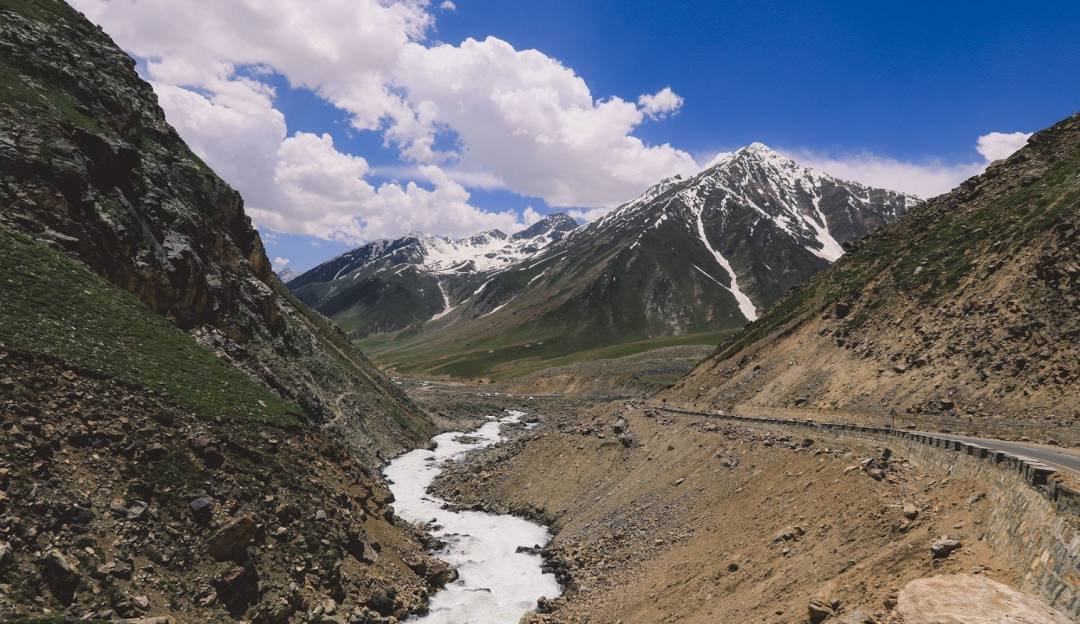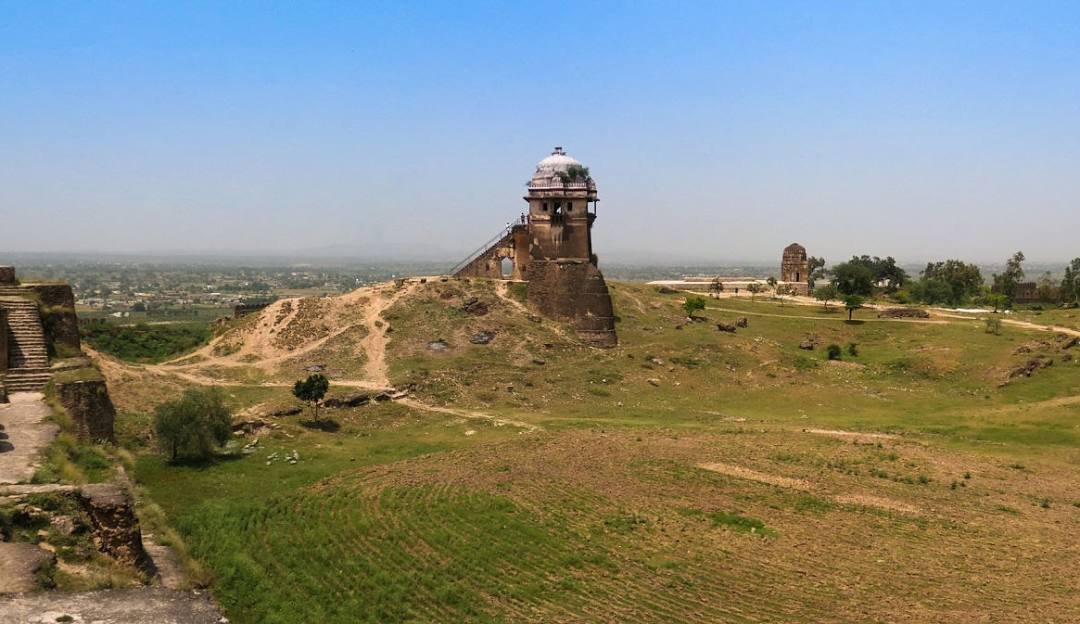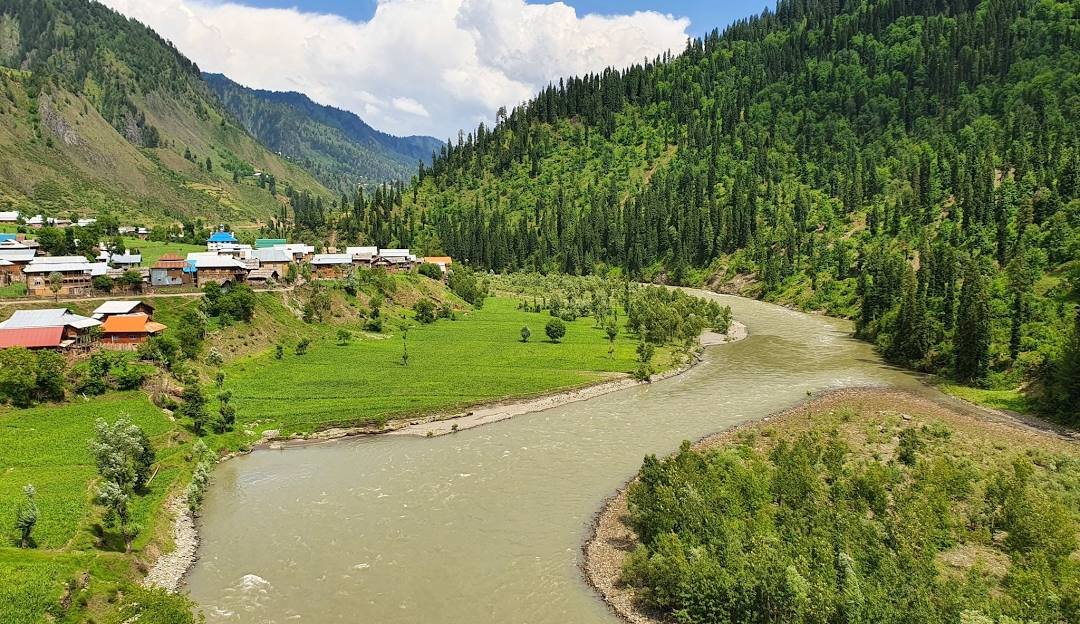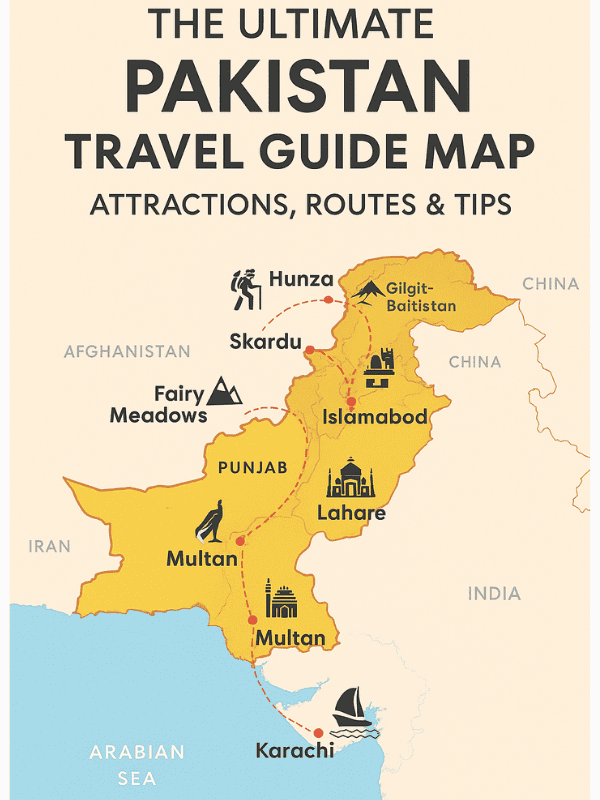The Ultimate Pakistan Travel Guide Map: Attractions, Routes & Tips
Planning a trip across Pakistan and don’t know where to start? You’re in the right place. As someone who has traveled extensively through this country — from the peaks of Hunza to the streets of Karachi — I’ve put together a complete Pakistan travel guide map that helps you visualize your journey, plan by region, and avoid common mistakes first-time travelers often make.
This blog will give you not just a printable and interactive travel map, but also expert-vetted itineraries, safety insights, and must-see destinations. Whether you’re a beginner plotting your first backpacking trip or an experienced traveler looking for hidden gems, this guide will help you navigate Pakistan like a pro.
Downloadable & Interactive Pakistan Travel Guide Map
How to Use the Map: Key Features & Planning Modes
The map provided here includes major cities, UNESCO sites, off-beat scenic routes, and regional highlights. It’s segmented by regions — Northern Pakistan, Punjab, Sindh, KPK, and Balochistan — with route overlays that correspond to popular travel durations like 1-week, 2-week, and 1-month itineraries.
You can use it in three ways:
- Online Interactive Mode: Zoom in/out, check routes, view live distances via Google Maps integration.
- Downloadable PDF: Print-friendly format for offline use, with color-coded regions and stops.
- Layered View: Toggle between categories — historical, nature, city, trekking, or food destinations.
Expert Tip: Save a screenshot or load the map in Google My Maps to pin your custom stops and notes while on the go.
Printable PDF Version
Click below to download the Pakistan Travel Map PDF:
Download High-Resolution Pakistan Travel Map (PDF)
Route Layers: Northern, Southern, Cultural, Off-Beat
Each route layer helps you plan your journey based on interests:
- Adventure Route (Northern Pakistan): Fairy Meadows → Hunza → Khunjerab → Skardu
- Cultural Route (Punjab/Sindh): Lahore → Multan → Mohenjo-Daro → Karachi
- Spiritual Trail: Sufi shrines from Sehwan to Uch Sharif and Data Darbar
- Nature & Wildlife: Deosai → Hingol National Park → Chitral Valley
Note: Not all areas are accessible year-round — the map indicates seasonal closures and permits where needed.
Top Tourist Regions & Must-See Destinations
Pakistan is a geographically diverse country, and each region offers a unique blend of culture, history, and natural beauty. Below is a breakdown of the top destinations segmented by region, with integrated references to the Pakistan travel guide map provided above.
Northern Pakistan (Gilgit-Baltistan, Hunza, Skardu)


The crown jewel of Pakistani tourism, Northern Pakistan is a paradise for nature lovers and adventure seekers. It’s home to the mighty Karakoram range, alpine lakes, valleys, and ancient fortresses.
- Hunza Valley: Known for Altit and Baltit Forts, Eagle’s Nest, Passu Cones, and serene villages.
- Skardu: Gateway to Deosai National Park, Satpara Lake, Shigar Fort, and Kachura Lake.
- Fairy Meadows & Nanga Parbat Base Camp: Accessible via Raikot Bridge, a must-hike for trekkers.
- Khunjerab Pass: The highest paved international border crossing (China-Pakistan), scenic views year-round.
Travel Tip: Many parts of Gilgit-Baltistan require no special permit for tourists, but always check weather and seasonal accessibility before planning.
Punjab & Lahore — Cultural and Heritage Stops


Punjab is the cultural heart of Pakistan. The region is rich in Mughal architecture, Sufi shrines, and culinary depth.
- Lahore: Visit Badshahi Mosque, Lahore Fort, Shalimar Gardens, and Walled City restoration areas.
- Islamabad & Rawalpindi: Faisal Mosque, Pakistan Monument, Lok Virsa Museum, and nearby Margalla Hills.
- Multan & Bahawalpur: Sufi shrines like Shah Rukn-e-Alam and Uch Sharif, Derawar Fort, Noor Mahal.
Map Highlight: Use the guide map to trace a heritage route from Lahore to Bahawalpur, passing major historical stops.
Sindh & Southern Highlights (Karachi, Mohenjo-Daro)


Sindh offers a blend of urban life, coastline, and ancient ruins. Karachi is a bustling metropolis, while the interior holds deep historical significance.
- Karachi: Clifton Beach, Mazar-e-Quaid, Frere Hall, Pakistan Maritime Museum.
- Mohenjo-Daro: One of the most important Indus Valley Civilization sites, a UNESCO World Heritage Site.
- Makli Necropolis & Thatta: Historic tombs and stunning Islamic architecture.
Local Tip: Avoid inland travel in extreme summer months — temperatures can exceed 45°C. Stick to mornings or coastal escapes like Manora Island.
Khyber Pakhtunkhwa & Chitral Explorations


With dramatic valleys, unique ethnic diversity, and access to rare experiences, KPK is rapidly becoming a favorite for cultural and natural exploration.
- Swat Valley: Often called the “Switzerland of Pakistan” — Malam Jabba, Fizagat, and Mahodand Lake.
- Kalash Valley (Chitral): Home to the indigenous Kalash people — cultural festivals and wooden architecture.
- Dir & Kumrat: Lush forests, river valleys, and growing ecotourism setups.
Map Insight: The travel guide map includes road access status and local accommodation clusters in these highland areas.
Azad Kashmir & Balochistan: Off‑beat Paths


If you’re an experienced traveler looking to escape the mainstream, these regions offer unmatched solitude and raw nature.
- Neelum Valley (Azad Kashmir): Sharda, Keran, and Arang Kel — emerald rivers and wooden villages.
- Balochistan: Hingol National Park, Kund Malir Beach, and the surreal landscapes of Buzi Pass.
- Quetta: Visit Hanna Lake and explore the local Hazara culture and cuisine.
Safety Note: Always consult local travel advisories and use guides when exploring remote areas in Balochistan or sensitive zones in Azad Kashmir.
Itineraries by Duration Using the Travel Guide Map
Depending on how long you plan to stay in Pakistan, your itinerary can focus on cultural deep-dives, nature-focused treks, or a complete north-to-south experience. Here are three carefully curated itineraries built around the Pakistan travel guide map, designed for first-timers and returning explorers alike.
1-Week Sample Route: Northern Express
This itinerary is ideal for those with limited time but a hunger for mountain scenery and cultural immersion.
- Day 1: Arrive in Islamabad → Drive to Naran
- Day 2: Naran → Babusar Pass → Gilgit
- Day 3: Gilgit → Hunza (visit Rakaposhi Viewpoint, Altit Fort)
- Day 4: Explore Passu Cones, Sost, Khunjerab Pass
- Day 5: Return to Hunza → Karimabad exploration
- Day 6: Drive back to Naran or fly from Gilgit to Islamabad (weather-dependent)
- Day 7: Fly home or spend the day in Islamabad
Mapped Tip: These routes are highlighted in blue on the travel guide map under “Northern Express.”
2-Week Explorer Route: North + Central Pakistan
A great balance of natural wonders, ancient sites, and vibrant cities.
- Week 1: Follow the 1-week Northern Express itinerary
- Day 8: Gilgit → Besham → Taxila (overnight)
- Day 9: Visit Taxila Museum, drive to Lahore
- Day 10–11: Explore Lahore: Fort, Shalimar, Wagah Border
- Day 12: Drive to Multan — shrine hopping and bazaars
- Day 13: Multan → Bahawalpur (Derawar Fort, Noor Mahal)
- Day 14: Return to Islamabad or continue to Karachi via train/flight
Mapped Tip: “Cultural Heritage Loop” layer on the map tracks this journey. Estimated travel distances and rest points are marked.
1-Month Grand Tour of Pakistan
For digital nomads, long-term travelers, or returnees wanting to go deep, this 30-day plan lets you experience the full range of Pakistan’s diversity.
- Week 1: Islamabad → Naran → Gilgit → Hunza → Khunjerab Pass
- Week 2: Hunza → Skardu → Deosai Plains → Shigar → return to Gilgit
- Week 3: Gilgit → Besham → Islamabad → Lahore → Multan
- Week 4: Bahawalpur → Sukkur → Mohenjo-Daro → Karachi → Return
Optional Side Trips: Chitral, Kalash Valleys, Hingol National Park, Neelum Valley (require extra travel time or regional flights)
Map Layers: The downloadable guide includes all route options with estimated travel times and fuel stops.
Essential Travel Logistics with Map Visuals
Visa & Entry Requirements
Pakistan offers a digital visa application process through NADRA’s official visa portal. Most nationalities can apply online and receive e-visa clearance within 7–10 working days.
- Tourist Visa Validity: 30–90 days, single or multiple entry options
- Required Documents: Passport, hotel booking, itinerary, passport photo
- Restricted Areas: Some regions (like parts of Balochistan, Gilgit border zones) require a No Objection Certificate (NOC)
Mapped Tip: The travel guide map marks NOC-only zones with an orange triangle for reference.
Transport Mapping: Car, Bus, Train, Domestic Flights
- Road Trips: Rent a car for maximum freedom — scenic drives include the Karakoram Highway and Gilgit–Skardu Road.
- Intercity Buses: Daewoo, Faisal Movers, and NATCO cover most tourist routes; highlighted terminals are shown on the map.
- Trains: Pakistan Railways links Lahore, Multan, Sukkur, and Karachi — budget-friendly but slower. Avoid northern routes for efficiency.
- Domestic Flights: PIA and Airblue fly to Gilgit, Skardu, Chitral, and Karachi. Weather delays common in mountainous zones.
SIM Cards, Internet & Navigation Tools
- SIM Cards: Jazz and Zong have the best nationwide coverage — purchase at airport kiosks or franchise centers.
- Data Packs: 5–10 GB per week (~PKR 200–400) is enough for maps, WhatsApp, and basic browsing
- Map Apps: Google Maps works well in cities; for remote travel, use Maps.me or Guru Maps Pro with offline routes.
- Safety App: Install the Pakistan Tourism Development Authority (PTDC) app for alerts, route updates, and tourist support numbers.
Frequently Asked Questions About Pakistan Travel Guide Map
Is Pakistan safe for tourists?
Generally, yes. Pakistan is increasingly welcoming international tourists, especially in northern and cultural regions. Stick to tourist-friendly zones and use registered accommodations. The travel map includes a safety overlay highlighting green (safe), yellow (caution), and red (restricted) areas for added awareness.
When is the best time to visit Pakistan?
Spring (March–May) and Autumn (September–November) are ideal for most regions. Summer is best for northern areas, while winters can be great for southern and urban exploration. The travel map includes a seasonal suitability layer by region and elevation.
Can foreigners travel everywhere in Pakistan?
Most areas are open, but some border zones (near Afghanistan, parts of Balochistan, and certain valleys in Gilgit) require a permit or are off-limits. Check your itinerary against the NOC (No Objection Certificate) zones highlighted on the map.
Do I need a guide to travel around Pakistan?
Not necessarily. Many travelers go solo with success, especially in cities and northern valleys. However, for remote regions, it’s advised to hire a local guide or join small group tours. The map includes recommended zones for solo vs. guided travel.
Which cities offer offline/in-app map access?
Major cities (Islamabad, Lahore, Karachi) have reliable 4G access. For mountainous zones, save offline versions of the travel guide map. Apps like Maps.me and Google Maps (download area) work well across Pakistan.
What are the safest travel routes for beginners?
The map outlines beginner-friendly routes such as Lahore → Islamabad → Hunza and Islamabad → Skardu. These routes have good infrastructure, reliable accommodations, and higher security presence.
Pro Tips & Local Experiences (Using Your Travel Guide Map)
How to Stay Safe & Healthy on Your Route
- Drink bottled water only; use water purifiers in remote zones.
- Dress modestly, especially in rural or religious regions.
- Register with your embassy if traveling to less common areas.
- Always carry a photocopy of your passport and visa.
Local Etiquette, Must-try Foods & Cultural Notes
- Greetings: Say “Assalamu Alaikum” when entering shops or homes.
- Food to try: Biryani (Karachi), Chapli Kebab (Peshawar), Sajji (Balochistan), and Hunza Walnut Cake.
- Gift-giving: Small souvenirs or sweets are appreciated when staying in homestays.
Hidden Spots: Mapped Off-beat Destinations and Scenic Routes
- Phandar Valley (GB): Emerald rivers and trout fishing
- Sapat Beach (Balochistan): Unexplored turquoise beach and caves
- Ratti Gali Lake (Azad Kashmir): Summer-access only alpine destination
Resources & Further Reading
Final Thoughts
Whether you’re dreaming of the Karakoram Highway, wandering Mughal streets in Lahore, or diving into Sindh’s ancient ruins — this Pakistan travel guide map is your trusted compass.
I built this guide from real journeys, practical tips, and local knowledge so you can travel Pakistan confidently. Use the maps, follow the itineraries, respect the culture, and unlock unforgettable experiences.
Still got questions or need a custom itinerary? Drop them in the comments or message me directly — happy to help fellow travelers discover the magic of Pakistan.
Published: Aug 5, 2025
Author: ZunNurain Khalid


